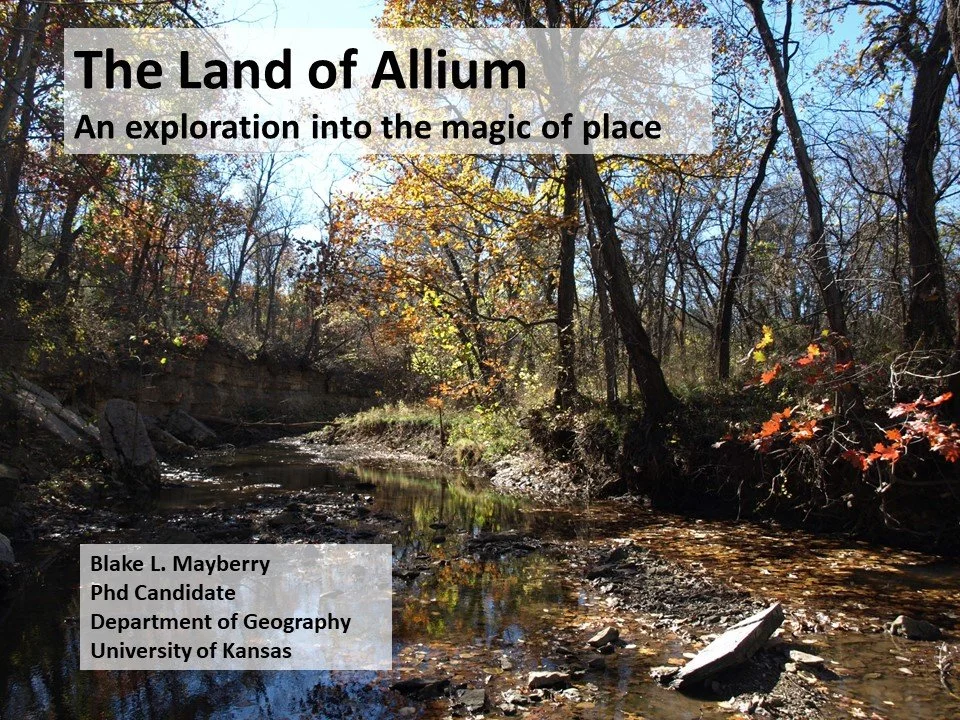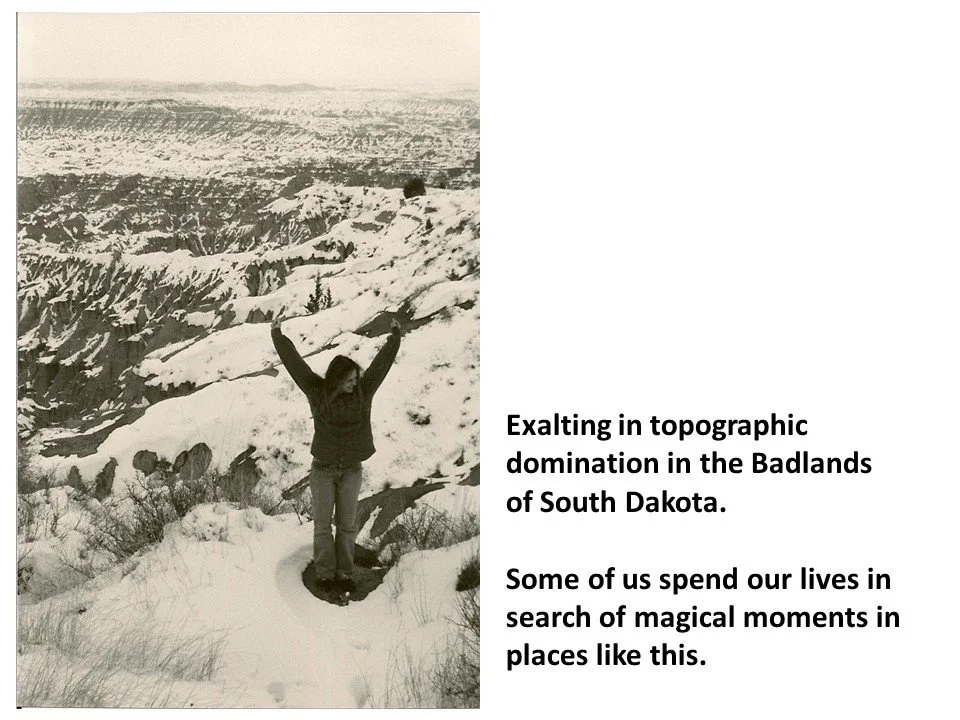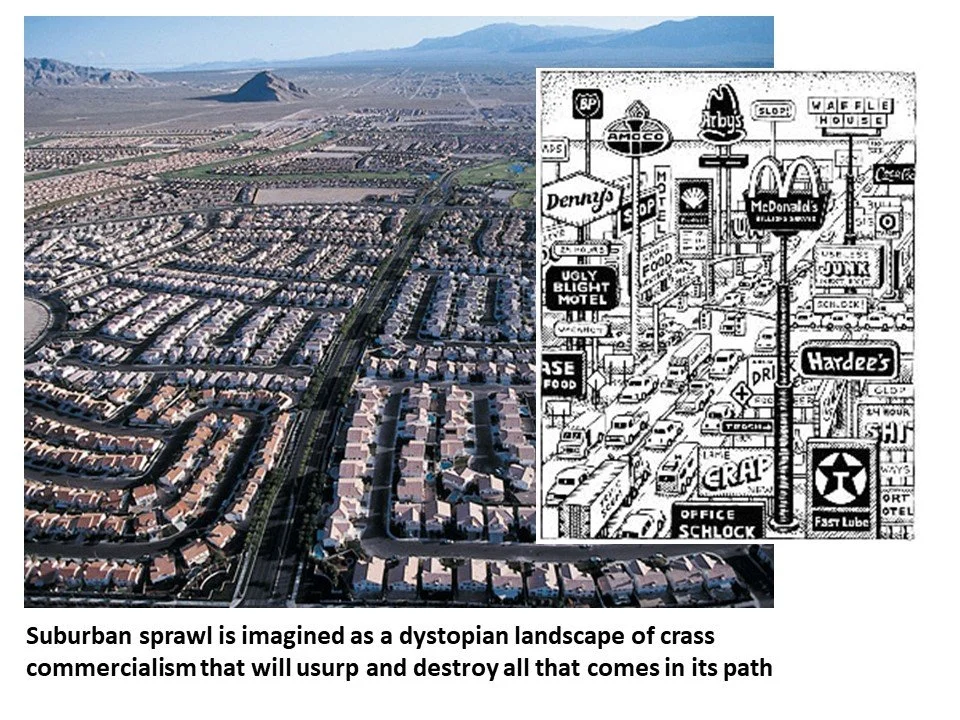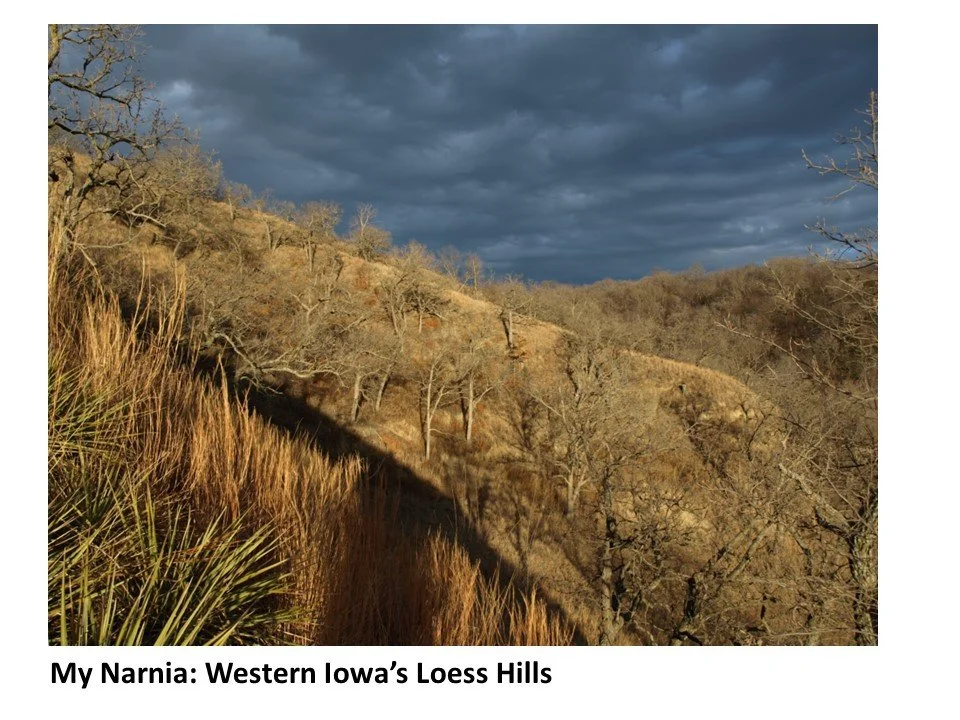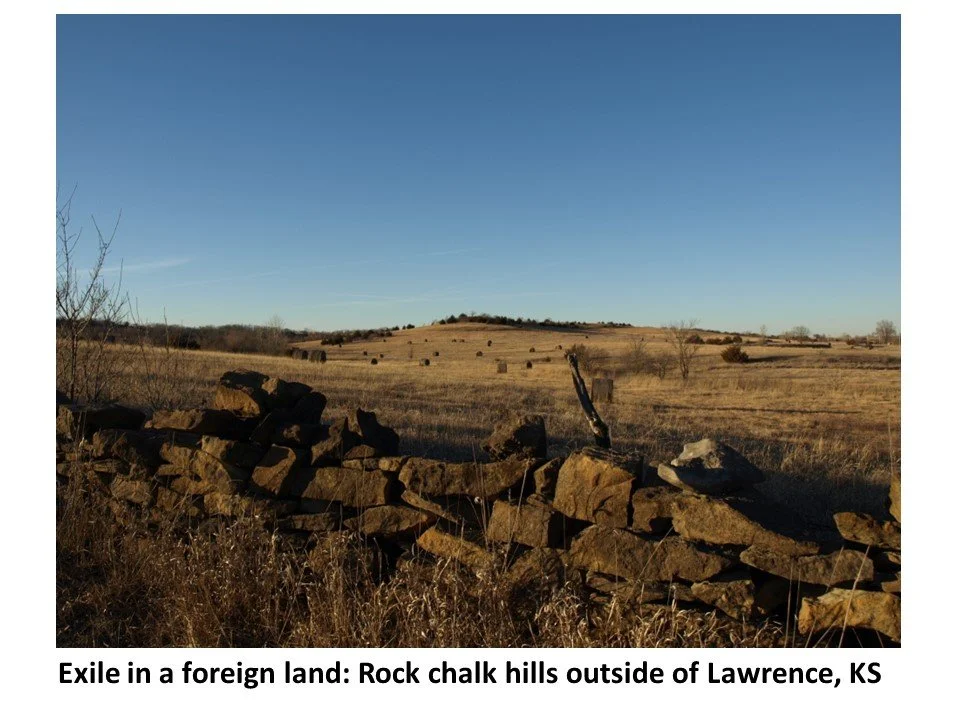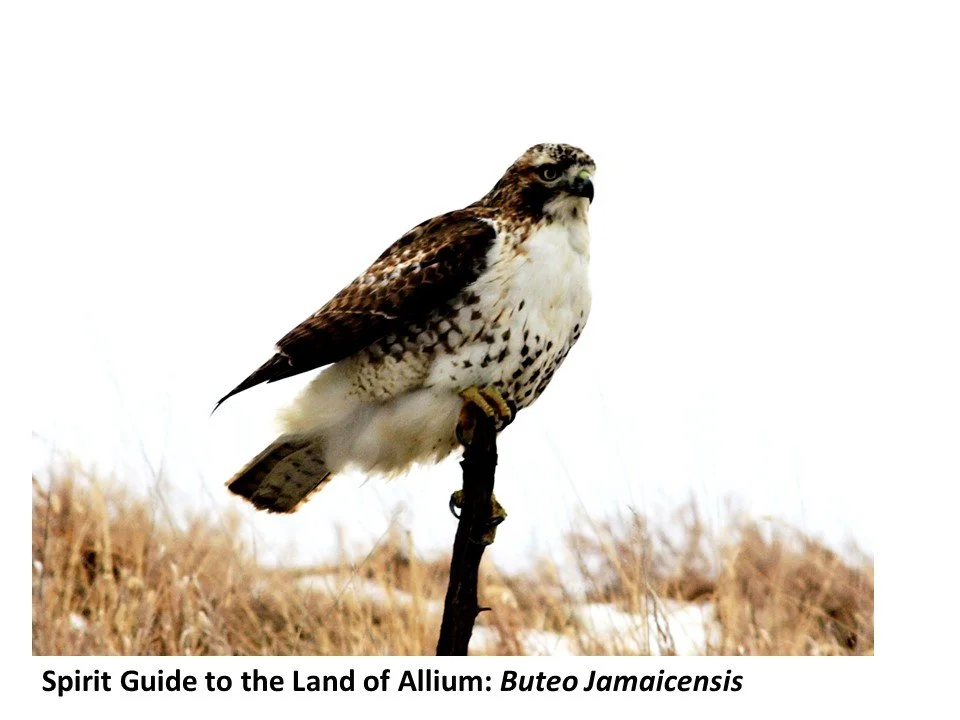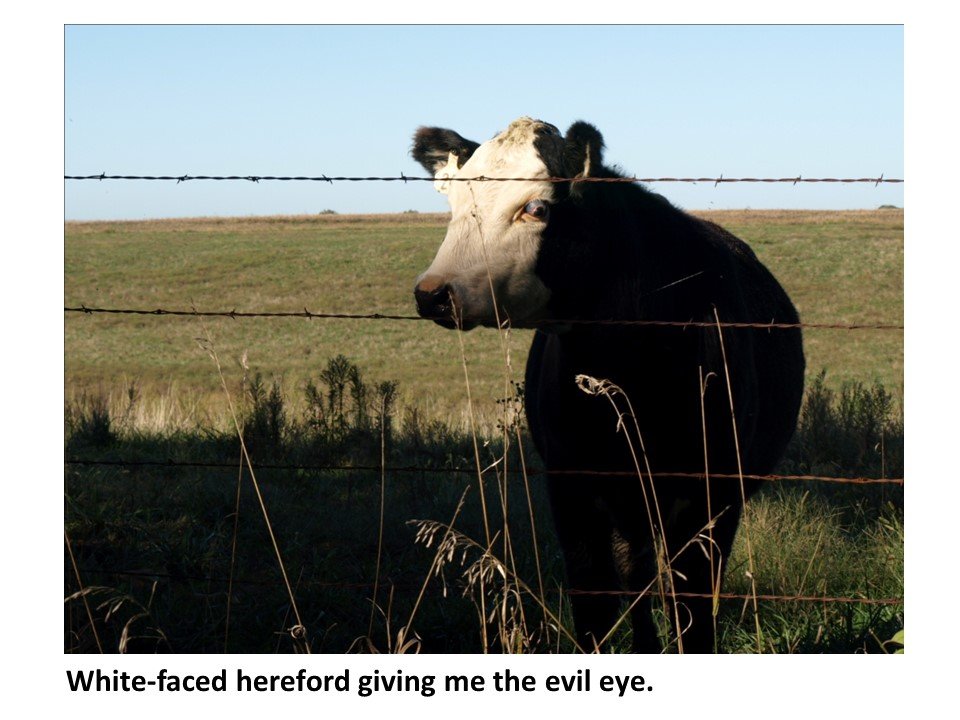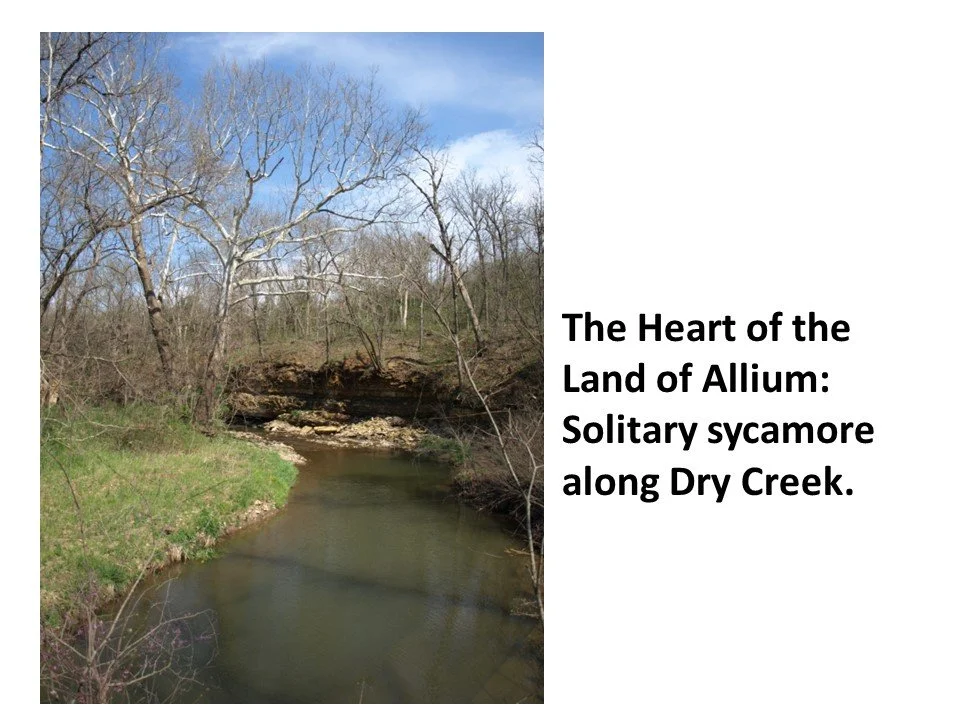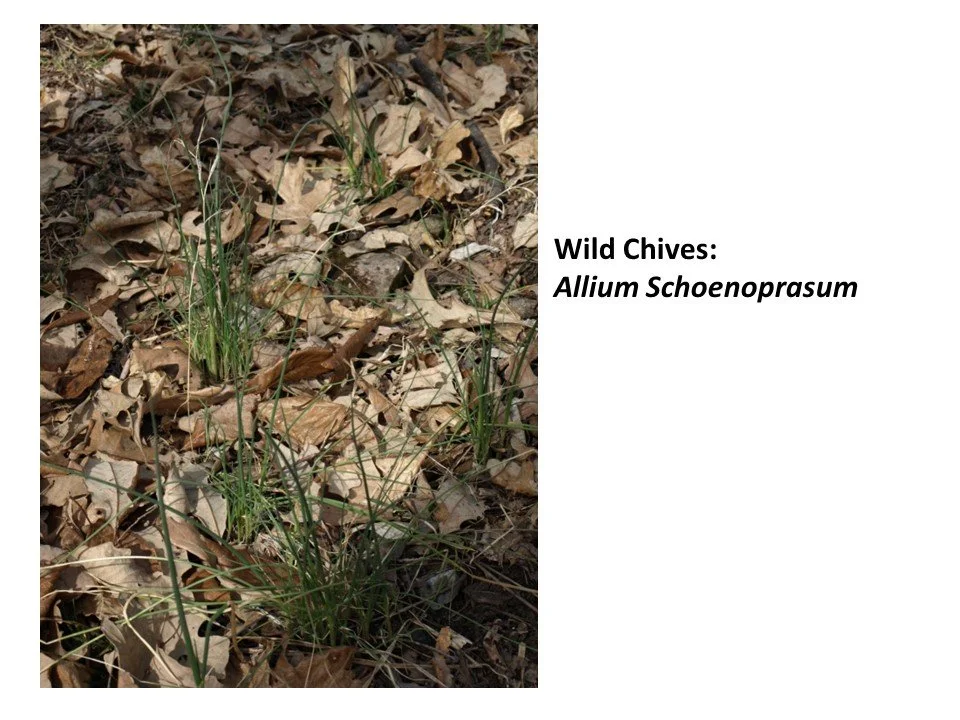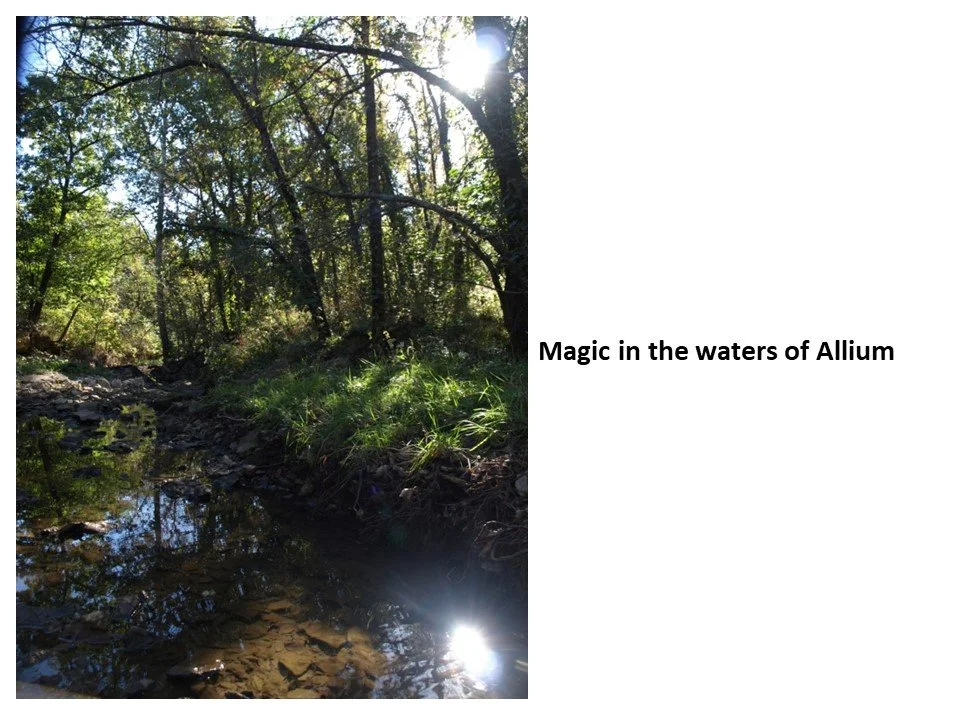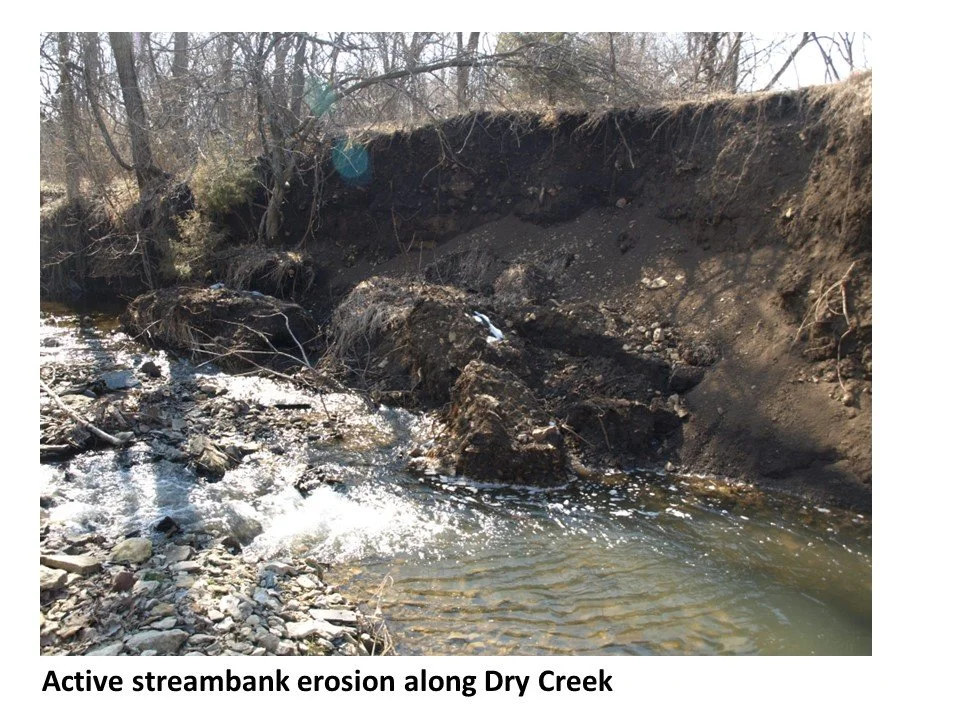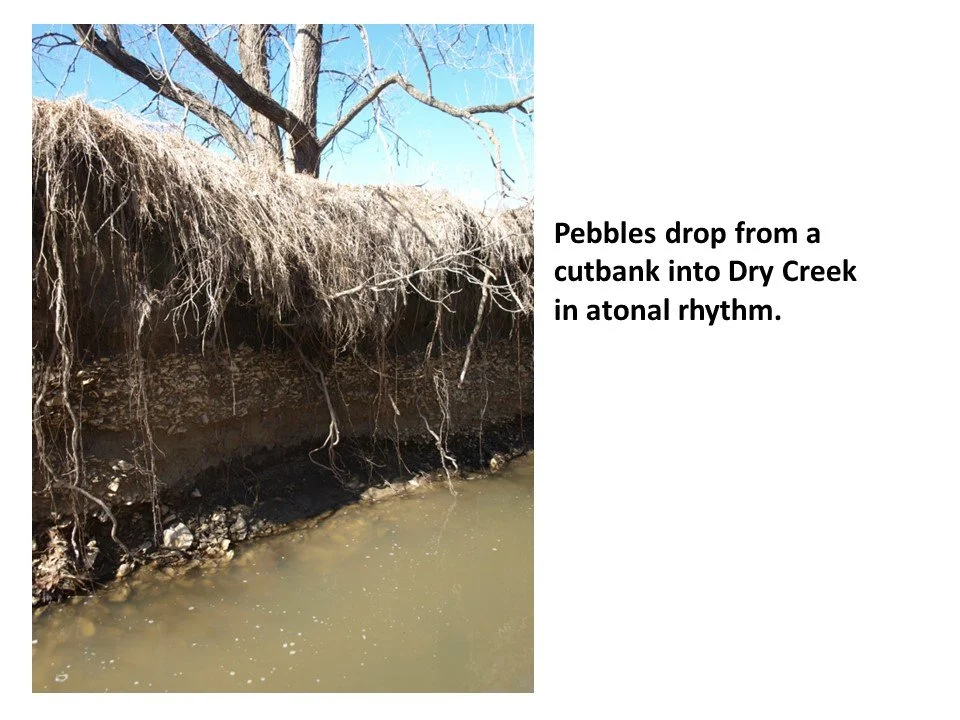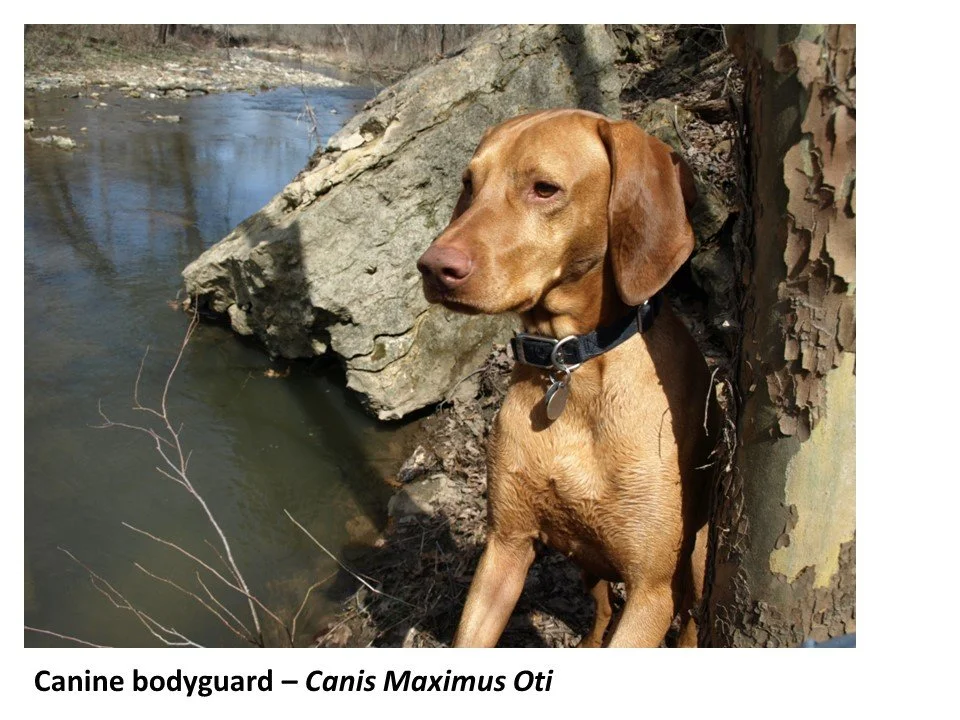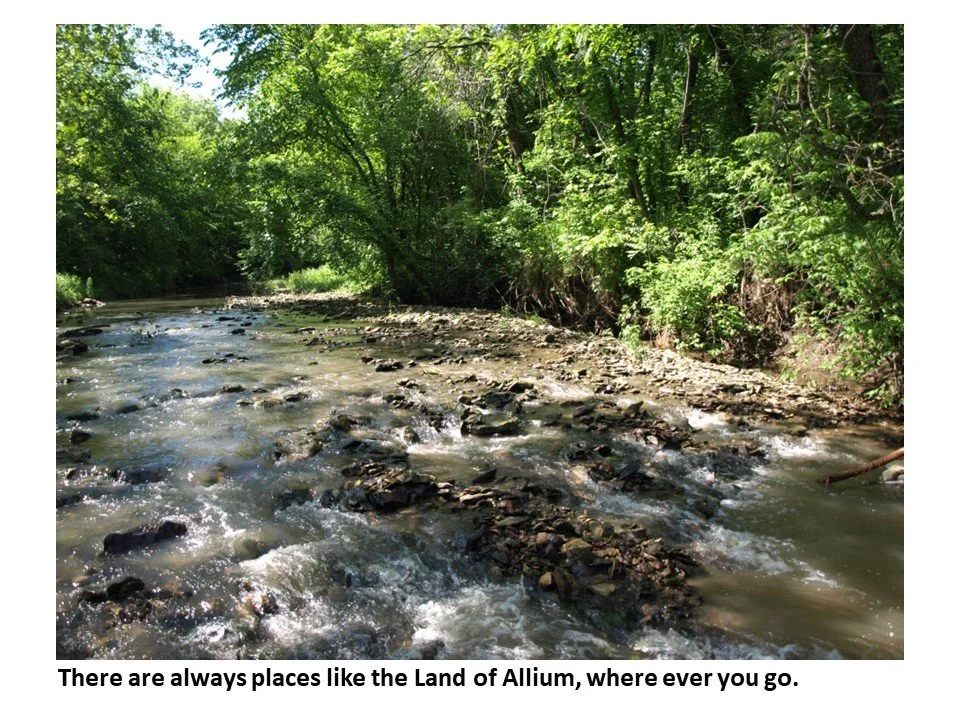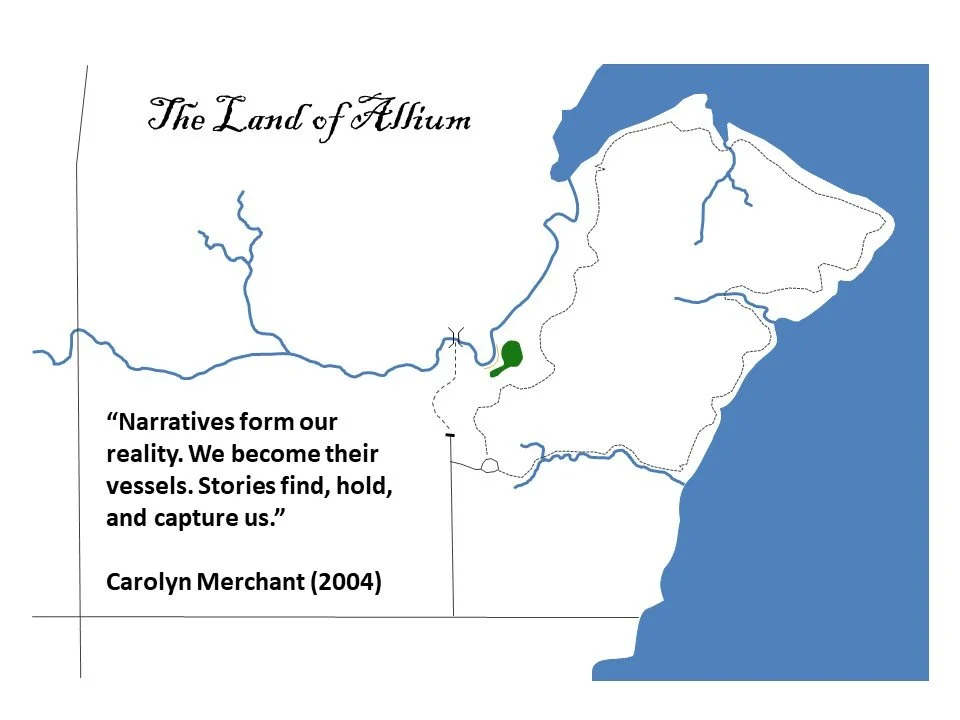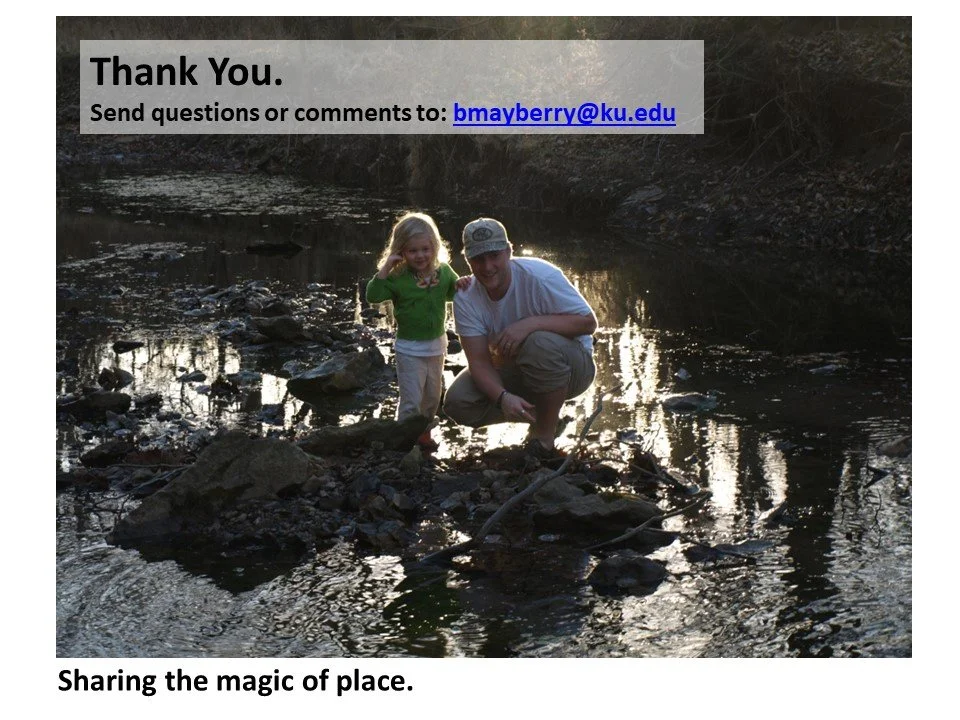The Land of Allium: An Exploration into the Magic of Place
In the Spring semester of 2010 I took a seminar on Sense of Place with my advisor James Shortridge, and a few of my graduate cohort interested in such banalities as peoples’ feelings and values. What started out as a diversion from my dissertation research, fieldwork and prepping for comps, morphed into a much bigger project, and my most cited publication. The Land of Allium is an autoethnography of sorts, part photo essay, part theoretical rumination on perceptual reality and the geographical imagination. It grew out of a challenge Pete (Dr. Shortridge) threw out to us: find a place and write about your attachment to it. Simple for a freshmen in Human Geography, but much more difficult for fourth year grad students! But for me it was easy - I had developed a ritual of taking a Friday morning hike at a wildlife area outside of Lawrence, as a weekly sabbatical from the pressures of aspiring to PhD-dom, fatherhood, teaching, or whatever was weighing me down. I’d always found great solace in places like that, so I sought to unpack my relationship with certain corners of globe (yes, I realize that’s an oxymoron - I love it!). I ended up reading a lot phenomenological philosophy - Edward Casey, Heidegger, and the like - and interestingly enough, that journey led me to mysticism and magic. Michel Foucault actually turned me onto to this, in a weird twist, in his ideas on epistemes and ontologies. It occurred to me that our relationship to place is another venue in which the medieval episteme still operates in humans’ perceptions of reality. We understand and relate to places in much the same way that people understood ontologies in the Medieval period - through magic, or faith, or belief. We know not what lies beyond the distant horizon, and cannot possibly comprehend the complex, chaotic massiveness of the earth, but we nonetheless develop a rich mental map, complete with values and perceptions, from nothing more than scraps.
I presented this research at the AAG Annual Meeting in Seattle in 2011, and the paper was subsequently published by the Journal of Cultural Geography in 2013.
Abstract:
Magical. A common adjective used to describe places. But does the magic of place spring from genius loci? Or could it be that we are the magicians, casting spells to transform places into what we desire (or what we fear)? Our sense of place is not a mirror on reality. We come to know places by inscribing our fantasies atop them, by writing onto the landscape our own imagined geographies. C.S. Lewis provides an intriguing glimpse into sense of place through the Pevensie children and their experience in The Lion, the Witch, and the Wardrobe: a mere wardrobe becomes a complex fantasy world in which the children play and interact. As adults, and as societies, we take real geographies and treat them as Lewis’s wardrobe, creating Narnias in the depths of our most mundane landscapes. In this paper I explore the magic of place through an autobiographical photo essay set in a nature preserve in eastern Kansas. The stories I tell highlight in a literary and artistic way the phenomenological aspects of sense of place and the potential political import of the geographical imagination.
Keywords: sense of place; geographical imagination; phenomenology; magic
AAG Annual Meeting, Seattle, April 2011



